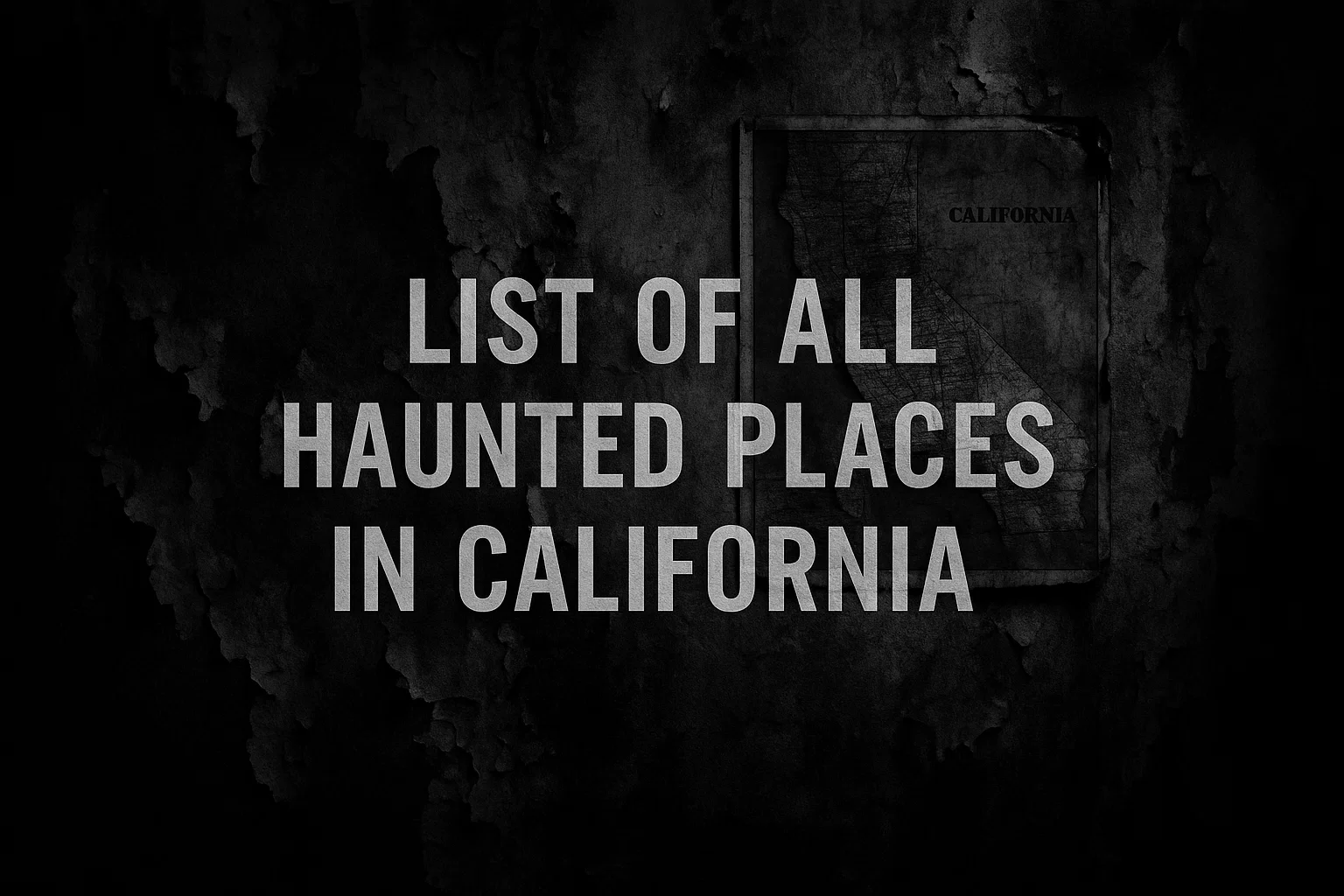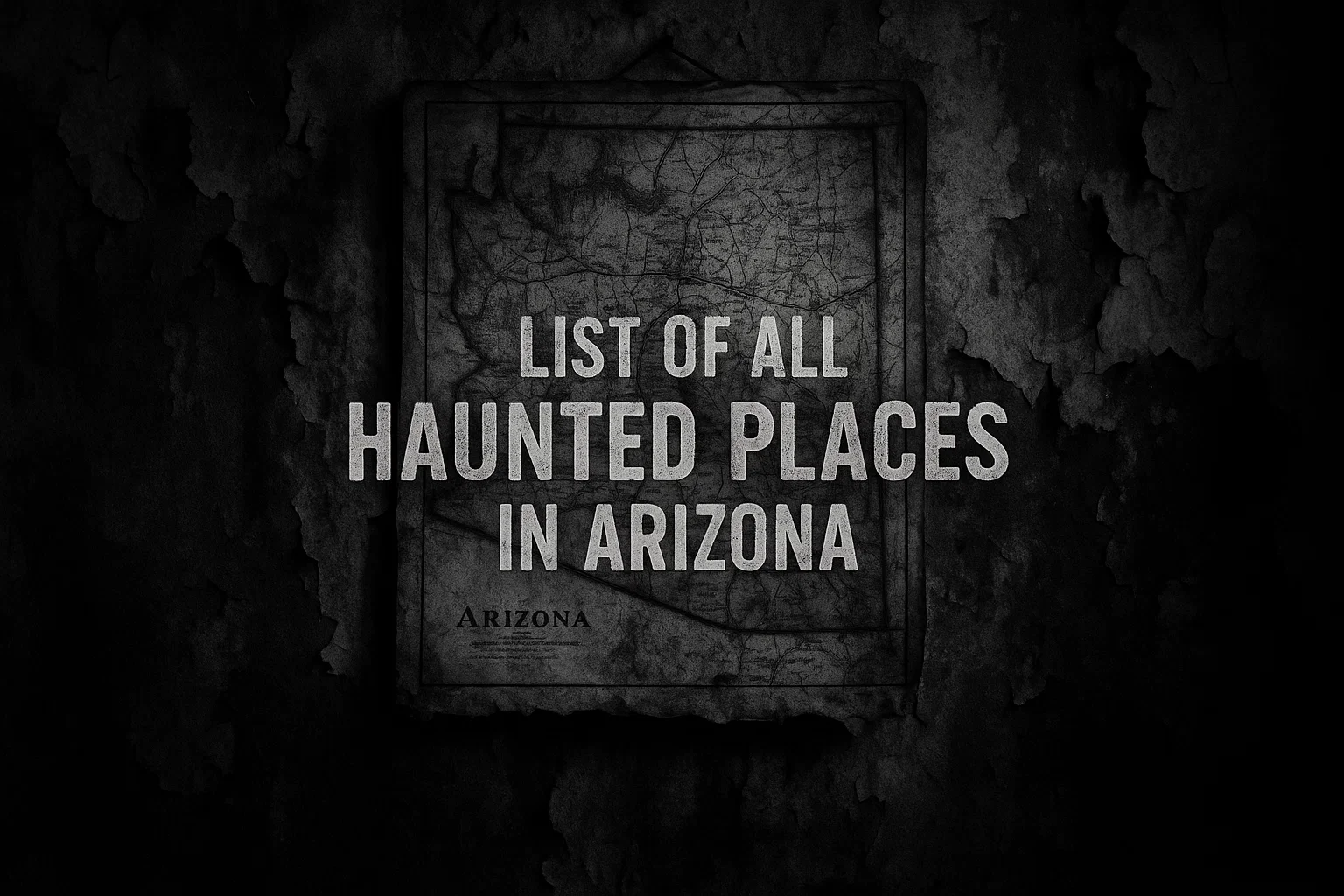In the misty, ancient forests of North America, whispers of a colossal, shadowy figure persist. Known as Bigfoot or Sasquatch, this enigmatic creature captivates imaginations with tales of fleeting glimpses, massive footprints, and eerie howls.
Is it a lost species, a myth born of human curiosity, or a trick of the wilderness?
Summary
Overview
| Category | Details |
|---|---|
| Name | Bigfoot, Sasquatch, Skunk Ape (Florida), Wild Man, Ohio Grassman, Fouke Monster |
| Description | Bipedal humanoid, 6–10 ft tall, 300–800 lbs, covered in dark brown, black, or reddish fur. |
| Distinctive Features | Massive 15–24 inch footprints, conical head, long arms, foul odor (skunk-like), glowing eyes. |
| Habitat | Temperate forests, swamps, mountains; primarily Pacific Northwest, but reported in 49 U.S. states and Canada. |
| Sightings | Over 10,000 reports; hotspots include Washington (2,032), California (1,697), Pennsylvania (1,340). |
| Key Evidence | Patterson-Gimlin film (1967), Sierra Sounds (1972), Skookum Cast (2000), 300+ footprint casts. |
| Theories | Misidentified bear, hoax, Gigantopithecus, spiritual entity, interdimensional being. |
| Cultural Impact | Icon in films (Harry and the Hendersons), festivals (Stanton, KY), mascots (Seattle SuperSonics’ Squatch). |
| First Notable Report | 1811, David Thompson’s 14-inch tracks in Alberta, Canada. |
| Organizations | Bigfoot Field Researchers Organization (BFRO), founded 1995, tracks 5,600+ sightings. |
What Is Bigfoot?
Bigfoot, often called Sasquatch, is a cryptid—a creature whose existence is unverified by mainstream science yet widely reported by eyewitnesses.
Described as a massive, bipedal humanoid, it is said to roam North America’s wilderness, particularly in remote forests. The term Bigfoot originated in 1958 when a California newspaper reported large, mysterious footprints at a construction site in Humboldt County, attributed to logger Jerry Crew.
Sasquatch, derived from the Salish word se’sxac (meaning “wild men”), ties the creature to indigenous folklore across tribes like the Coast Salish, Sts’ailes, and Lummi.
The legend spans centuries, blending Native American stories with modern accounts. Indigenous tales describe Bigfoot as a spiritual guardian, a forest dweller, or a shape-shifter, often warning humans of danger.
European settlers in the 19th century reported similar encounters, cementing Bigfoot’s place in folklore. Today, Bigfoot is a cultural icon, featured in films, festivals, and cryptozoological studies, yet it remains elusive, with no definitive proof like a body or verified DNA.
Its allure lies in its ambiguity, sparking debates between believers, skeptics, and scientists about whether it’s a relic species, a misidentified animal, or a myth.
You May Also Like: Werewolf Bloodline? The Dark Truth of the Gandillon Family
What Does Bigfoot Look Like?
Witnesses describe Bigfoot as a towering figure, typically 6 to 10 feet tall, with some reports claiming up to 15 feet. Its muscular frame is covered in shaggy, matted fur ranging from black to dark brown, reddish-brown, or occasionally grayish-white in colder regions.
The creature’s broad shoulders, thick chest, and long arms—often extending near the knees—give it an ape-like silhouette.
Its head is distinctive: a conical or domed skull, a pronounced brow ridge, and a flat, ape-like face with deep-set eyes. Some report glowing red or yellow eyes, especially in nocturnal encounters, adding a supernatural element.
Bigfoot’s feet, the source of its name, leave prints 15–24 inches long and 6–8 inches wide, showing five toes and a flexible midfoot, unlike human tracks.
A pungent odor, likened to rotting flesh, wet dog, or skunk, is frequently noted, earning regional names like Skunk Ape in Florida. Vocalizations—howls, whoops, or wood knocks—are also reported, suggesting communication or territorial behavior.
Habitat
Bigfoot is most closely associated with the Pacific Northwest, particularly Washington, Oregon, Northern California, and British Columbia. These regions feature dense temperate rainforests, towering redwoods, and rugged mountains like the Cascades and Olympics, offering ample cover.
Washington leads with over 2,000 sightings, followed by California (1,600+), Pennsylvania (1,300+), Ohio, Florida, and even Alberta, Canada. The terrain—rife with ferns, moss, and thick underbrush—supports abundant wildlife, including deer, elk, and berries, potential food sources for a large omnivore.
Beyond the Northwest, Bigfoot sightings occur in diverse ecosystems: the swamps of Florida and Arkansas (Skunk Ape and Fouke Monster), the Appalachian forests of Pennsylvania, and the Rocky Mountains of Colorado.
These areas share traits like low human presence, dense vegetation, and complex terrain, ideal for an elusive creature. For example, Humboldt County, California, a Bigfoot hotspot, has vast redwood forests and minimal settlements, fostering legends of a hidden beast.
Paranormal and Cryptid Connections
The Pacific Northwest, particularly Washington’s Olympic Peninsula and California’s Bluff Creek, is a hub for unexplained phenomena. Reports of UFO sightings, mysterious lights, and disappearances in national parks like Olympic and Yosemite overlap with Bigfoot activity.
Local legends, like the Salish Sasquatch as a spiritual protector, tie the creature to supernatural lore.
In Florida, the Skunk Ape shares swampy habitats with tales of ghostly apparitions and the Everglades Phantom. Ohio’s Grassman and Pennsylvania’s Albatwitch (a smaller, apple-stealing cryptid) suggest regional cryptid clusters, possibly linked to Bigfoot’s migratory patterns or shared folklore.
You May Also Like: Two-Headed Dogs Experiment: Inside a Soviet Medical Horror
Historical Context
The Pacific Northwest’s history is steeped in unexplained events. In the 19th century, loggers and miners reported strange tracks and howls, often attributed to Bigfoot.
The 1924 Ape Canyon incident, where miners claimed attack by Bigfoot, cemented the region’s mystique. National parks, established in the early 20th century, preserved these wild areas, fueling speculation that Bigfoot thrives in protected lands.
Stories of missing hikers and eerie encounters, like those in California’s Six Rivers National Forest, add to the region’s reputation as a paranormal hotspot.
Bigfoot Sightings
Over 10,000 Bigfoot sightings have been reported across North America, with the Bigfoot Field Researchers Organization (BFRO) documenting thousands in its database.
Sightings range from fleeting glimpses to detailed encounters, classified as Class A (clear sightings), Class B (indirect evidence like sounds), or Class C (vague or second-hand).
| Date | Location | Witness | Description |
|---|---|---|---|
| 1811 | Alberta, Canada | David Thompson | Found 14-inch tracks with claw-like marks; attributed to a large mammal. |
| 1840 | Arkansas | Local settlers | Reported a “wild man” with long hair; linked to later Fouke Monster. |
| 1924 | Ape Canyon, WA | Fred Beck and others | Miners shot at a creature; cabin attacked with rocks, large tracks found. |
| 1958 | Bluff Creek, CA | Jerry Crew | Found 16-inch tracks at a construction site; coined term Bigfoot. |
| 1967 | Bluff Creek, CA | Roger Patterson, Bob Gimlin | Filmed a female Bigfoot (Patty) walking across a clearing. |
| 1971 | Fouke, AR | Bobby Ford | Saw a hairy creature while driving; inspired The Legend of Boggy Creek. |
| 1972 | Sierra Nevada, CA | Al Berry, Ron Morehead | Recorded Sierra Sounds, alleged Bigfoot vocalizations. |
| 1980 | Blue Creek, OH | John Smith | Saw a 7-foot creature crossing a road at night; reported glowing eyes. |
| 1994 | Blue Mountains, OR | Paul Freeman | Filmed a creature crossing a road; video debated as possible hoax. |
| 2000 | Gifford Pinchot, WA | BFRO researchers | Found Skookum Cast, a body impression; debated as Bigfoot or elk. |
| 2007 | Upper Peninsula, MI | Local hunter | Reported a 7-foot creature near a deer stand; left large tracks. |
| 2013 | Whitehall, NY | Mike Wooley | Encountered a creature while hunting; described aggressive behavior. |
| 2017 | San Bernardino, CA | Claudia Ackley | Saw a creature; filed a lawsuit to prove Bigfoot’s existence. |
| 2023 | San Juan Mountains, CO | Shannon Parker, Stetson Tyler | Filmed a figure from a train; widely shared but inconclusive. |
| 2025 | Payette National Forest, ID | Anonymous ATV rider | Captured video of a creature crossing a trail; under BFRO investigation. |
1924 Ape Canyon Incident
In July 1924, near Mount St. Helens, Washington, miner Fred Beck and four companions reported a violent encounter. While camping in Ape Canyon, they shot at a large, hairy creature, prompting retaliation.
That night, multiple creatures allegedly threw rocks at their cabin, leaving massive footprints. Beck described the creatures as 7–8 feet tall with dark fur.
The incident, widely publicized, is considered one of the earliest modern Bigfoot accounts, though skeptics suggest it was a prank by local youths.
1958 Bluff Creek Tracks
On October 5, 1958, logger Jerry Crew found 16-inch footprints at a construction site in Bluff Creek, California. The tracks, cast in plaster, showed a five-toed, human-like shape.
The Humboldt Times dubbed the creature Bigfoot, sparking global interest. Crew’s find, near the later Patterson-Gimlin site, remains iconic, though later revelations about prankster Ray Wallace’s fake wooden feet cast doubt on its authenticity.
You May Also Like: The Demon Stolas — Appearance, Powers, and Occult Lore
1967 Patterson-Gimlin Film
On October 20, 1967, Roger Patterson and Bob Gimlin filmed a creature in Bluff Creek, California. The 59.5-second footage shows a 7-foot-tall, fur-covered female Bigfoot walking across a clearing, glancing at the camera.
Known as Patty, the figure’s human-like gait and muscular build are striking. Supporters, like anthropologist Jeff Meldrum, cite anatomical details as evidence, while critics argue it’s a person in a suit. The film remains the most famous Bigfoot evidence.
2000 Skookum Cast
On September 22, 2000, BFRO researchers in Washington’s Gifford Pinchot National Forest discovered a body impression in mud, dubbed the Skookum Cast.
Measuring 4 feet long, it showed a large creature’s arm, hip, and thigh. Researchers like Rick Noll argued it was Bigfoot, but skeptics, including wildlife biologists, suggested an elk resting in the mud. The cast remains a polarizing piece of evidence.
2023 Colorado Train Sighting
On October 10, 2023, Shannon Parker and her husband Stetson Tyler filmed a figure from a tourist train in Colorado’s San Juan Mountains. The creature, seen crouching on a hillside, appeared large and dark.
Shared on social media, the video gained widespread attention. BFRO investigators noted the remote location as consistent with Bigfoot habitats, but skeptics suggested it was a hiker or a staged event.
2025 Idaho ATV Sighting
In March 2025, an anonymous ATV rider in Idaho’s Payette National Forest captured video of a 7-foot, dark-furred creature crossing a trail.
The shaky footage, analyzed by BFRO, shows a bipedal figure moving swiftly through pines. The rider reported a foul odor and deep grunts. While intriguing, the video’s low quality and lack of corroboration leave it open to debate.
Evidence & Investigations
The search for Bigfoot has yielded various forms of evidence, though none are conclusive. Footprints are the most common, with over 300 casts collected by researchers like Jeff Meldrum, showing prints 15–24 inches long with dermal ridges (fingerprint-like patterns).
However, hoaxes, like Ray Wallace’s 1958 carved wooden feet, undermine their credibility. Hair samples, often attributed to Bigfoot, consistently match known animals like deer or bears when tested, as seen in a 1976 FBI analysis.
Photographs and videos are plentiful but contentious. The Patterson-Gimlin film (1967) remains the gold standard, with its detailed depiction of Patty. Other videos, like Paul Freeman’s 1994 Blue Mountains footage and the 2023 Colorado train video, are less clear, often dismissed as costumes or shadows.
Audio evidence, such as the Sierra Sounds recorded in 1972 by Al Berry and Ron Morehead, includes whoops, howls, and speech-like sounds, but skeptics attribute them to coyotes, owls, or human mimicry.
Investigations by groups like the BFRO involve trail cameras, bait stations, and wood-knocking experiments to mimic Bigfoot’s alleged territorial signals.
Expeditions in hotspots like Bluff Creek and the Olympic Peninsula use drones and thermal imaging, yet no definitive proof—a body, skeleton, or verified DNA—has emerged.
A 2012 DNA study by Melba Ketchum claimed Bigfoot was a human-primate hybrid, but methodological flaws led to its rejection.
The absence of remains, despite Bigfoot’s supposed size and population, is a major obstacle for believers.
You May Also Like: Fouke Monster 2024: New Sightings Shake Locals
Theories
Misidentification of Known Animals
American black bears, standing 5–7 feet on hind legs, are a common explanation. Their size, fur, and occasional bipedal stance align with Bigfoot descriptions. Grizzly bears, though rarer, reach 8–9 feet and inhabit similar regions.
Floe Foxon’s 2024 study found a strong correlation between Bigfoot sightings and black bear populations, especially in Washington and California. Tracks may be distorted bear prints, and vocalizations could be bear growls.
However, Bigfoot’s reported human-like gait and facial features don’t fully match bears, leaving room for doubt.
Hoaxes and Fabrications
Hoaxes have shaped Bigfoot’s history. Ray Wallace’s 1958 fake footprints sparked the Bigfoot name, and later hoaxes, like Rick Dyer’s 2008 and 2014 claims of a Bigfoot body, were debunked as rubber suits.
The 1968 Minnesota Iceman, a supposed Bigfoot corpse displayed at fairs, was revealed as a latex model. Hoaxers exploit Bigfoot’s fame, but genuine eyewitness accounts from credible individuals, like forest rangers, suggest not all sightings are fabricated.
The prevalence of hoaxes undermines evidence but doesn’t explain consistent patterns across sightings.
Unknown Primate Species
Cryptozoologists propose Bigfoot could be a surviving Gigantopithecus blacki, a giant ape from Asia extinct 100,000 years ago.
Its size (8–10 feet) and primate traits fit Bigfoot’s description, but no fossils exist in North America, and migration across the Bering Land Bridge is speculative.
Alternatively, Bigfoot could be a descendant of Paranthropus or Homo erectus, though similar fossil gaps apply. The ecological challenge—a large primate population requiring vast food and range without detection—makes this theory unlikely, despite its appeal to believers.
Psychological Phenomena
Pareidolia—seeing patterns like faces in ambiguous shapes—may explain sightings in dim forests. Confirmation bias, where believers interpret natural phenomena as Bigfoot, plays a role.
Fearful or excited states can exaggerate perceptions, turning a bear or shadow into a cryptid. This theory accounts for vague sightings but struggles with detailed, multi-witness accounts like the Patterson-Gimlin film.
Indigenous Spiritual Entity
Some Native American tribes view Sasquatch as a spiritual being, not a physical creature. The Sts’ailes describe it as a shape-shifter or guardian, warning against environmental harm.
Sightings often occur in sacred areas, and the creature’s elusiveness aligns with supernatural traits. This theory explains cultural persistence but doesn’t account for physical evidence like footprints or videos.
Interdimensional Being
A fringe theory suggests Bigfoot is an interdimensional entity, explaining its ability to evade capture. Proponents cite sudden disappearances and glowing eyes as evidence.
While popular in paranormal circles, this lacks scientific grounding and doesn’t align with consistent physical descriptions across sightings.
You May Also Like: What Is the Champ Monster? Truth Behind the Lake Legend
Comparison with Other Similar Cryptids
Bigfoot shares traits with global cryptids, often described as large, hairy, and bipedal:
| Cryptid | Location | Description | Similarities to Bigfoot | Differences |
|---|---|---|---|---|
| Yeti | Himalayas | Large, ape-like, white/gray fur, 6–8 ft. | Bipedal, hairy, large. | High-altitude, lighter fur. |
| Yowie | Australia | Hairy, ape-like, 6–9 ft, dark fur. | Bipedal, forest habitat. | Australian outback, unique vocalizations. |
| Skunk Ape | Florida, USA | Hairy, bipedal, 6–7 ft, foul odor. | Similar appearance, smell. | Swamp habitat, smaller size. |
| Almas | Central Asia | Hairy humanoid, 5–6 ft, reddish fur. | Human-like, hairy. | Steppe habitat, more human-like face. |
| Yeren | China | Wild man, 6–8 ft, reddish-brown fur. | Bipedal, hairy. | Chinese mountains, cultural differences. |
| Orang Pendek | Sumatra, Indonesia | Small primate, 3–5 ft, dark fur. | Bipedal, forest dweller. | Smaller size, Asian region. |
| Hibagon | Japan | Ape-like, 4–5 ft, dark fur, foul smell. | Hairy, bipedal. | Smaller, Japan-specific. |
| Fouke Monster | Arkansas, USA | Hairy, 7–8 ft, aggressive behavior. | Similar to Bigfoot. | Specific to Fouke, linked to 1971 sighting. |
| Grassman | Ohio, USA | Hairy, 6–8 ft, glowing eyes reported. | Similar appearance. | Ohio-specific, glowing eyes. |
| Honey Island Swamp Monster | Louisiana, USA | Hairy, 6–7 ft, swamp dweller. | Similar habitat, appearance. | Louisiana swamps, webbed tracks. |
| Mogollon Monster | Arizona, USA | Hairy, 7–9 ft, bipedal. | Similar to Bigfoot. | Arizona’s Mogollon Rim, desert influence. |
| Ohio Grassman | Ohio, USA | Hairy, 6–8 ft, glowing eyes. | Similar description. | Ohio-specific, nocturnal behavior. |
Is Bigfoot Real?
The Bigfoot mystery endures due to its blend of compelling anecdotes and elusive evidence. Over 10,000 sightings, detailed footprints, and iconic footage like the Patterson-Gimlin film fuel belief in a hidden creature.
Yet, the absence of a body, verified DNA, or consistent ecological evidence points to misidentification, hoaxes, or cultural storytelling as the most likely explanations.
Whether Bigfoot is a lost primate, a spiritual entity, or a figment of human imagination, its legend thrives in festivals, films, and the hearts of those who seek the unknown.







